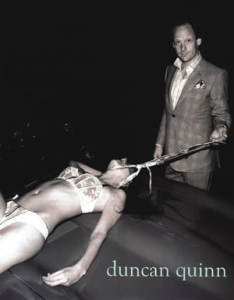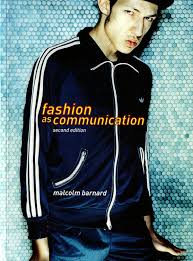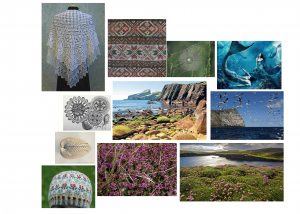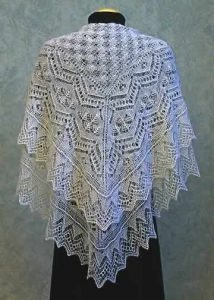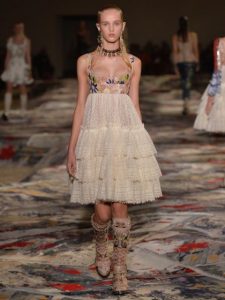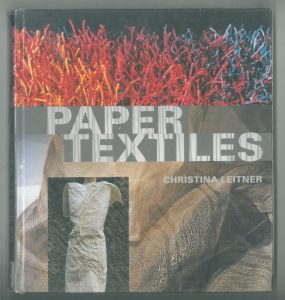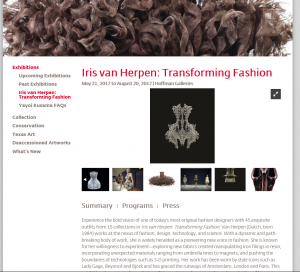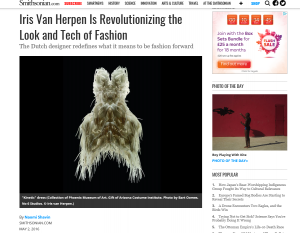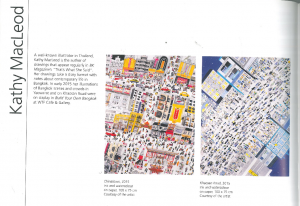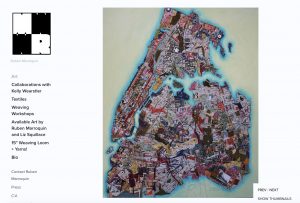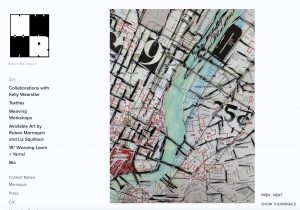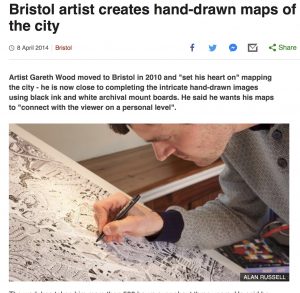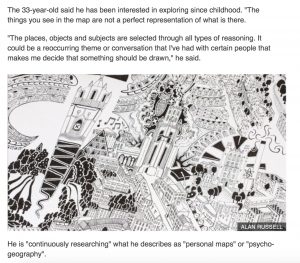I have found this module over all very useful, successful and not as daunting as I first anticipated. After taking a year out of education, I was pretty anxious and nervous about returning to the written communication. However, looking back now I shouldn’t have been so worried. I have found most tasks rewarding and they have challenged me, which is exactly what I wanted to get from this.
Throughout this module we have been expected to use many different sources to help with our tasks which I have found very beneficial and mind opening. I enjoyed task 1&2 as I feel it was a great way to settle back into writing. I enjoyed searching through the extensive WSA library for books and subject areas which interest and inspire me. It was so refreshing to use physical sources throughout the module to find information from as a starting point instead of secondary online research, which is my comfort zone. From this, I was then happy to return back to online research to continue with my new findings. What I especially enjoyed about this task is where it took me to last. I found a fascinating article on the BBC website, an archive I very rarely visit and use, which I thoroughly enjoyed learning about and then reflecting on in my own writing. From this task, I have defiantly learnt that the library is a fantastic place and most of the time much more straightforward than using the internet to find information.
This module has helped me more than I had expected in my studio work. When its time to research new ideas, the first place I now visit first is the Library as I now understand and appreciate how fantastic and important it is. The use of Webcat, as I’ve learnt from this module, is very useful for narrowing down broad searches to find specific books. In the future I will defiantly use the library and Webcat more throughout my research.
One area I did find challenging was the word counts. For most tasks I found that I was always writing too much and in task 7&8 this was a particular problem for me. Although at first I struggled a lot with reading and anaylsing the text, after much planning and thought, I realised I had so much to talk about. Once I had written out my main points, I then found it hard to narrow my writing down to the 500max word count. However, eventually after proof-reading many times, I did successfully get it under the word count. From this experience I have learnt that it isn’t the quantity of work written but instead is the quality. For this task, I feel I did improved the quality of my writing from the first draft. Another aspect of this task, and module, I struggled with was reflecting on others work and using them to explain my points. I still don’t feel like I have perfected this area of my writing, and I would still like to be educated and get more support in this area throughout the rest of the modules.
Another area I need to improve on is my time management. Although never put aside for weeks, I confess I have been leaving each task until the night before the lecture. However, for task 3&4 I settled down to complete this task the same day it was given. I found it very rewarding and relief knowing I didn’t have to worry about getting it completed the rest of the week. This is something I would like to get in a habit of doing as its a relief once it’s completed and I am then able to focus on my studio work until the following RCS lecture.
In reflection, I have found this module useful and beneficial. The module hasn’t been as daunting as I initially thought and on reflection I believe my writing has become stronger as I have been encouraged to different ways of thinking and gathering information. I will defiantly take what I have learnt in this module forward in my studies.

